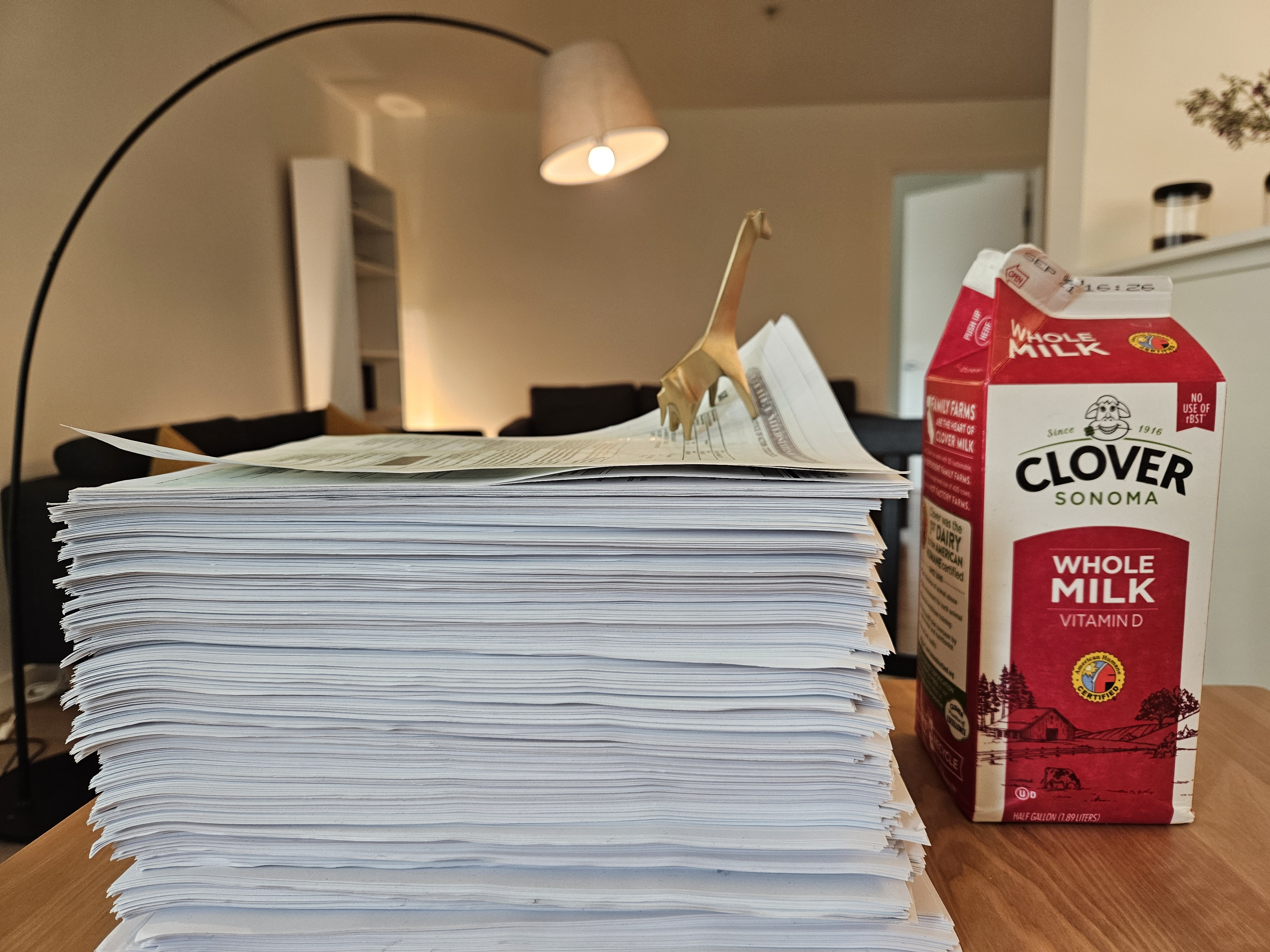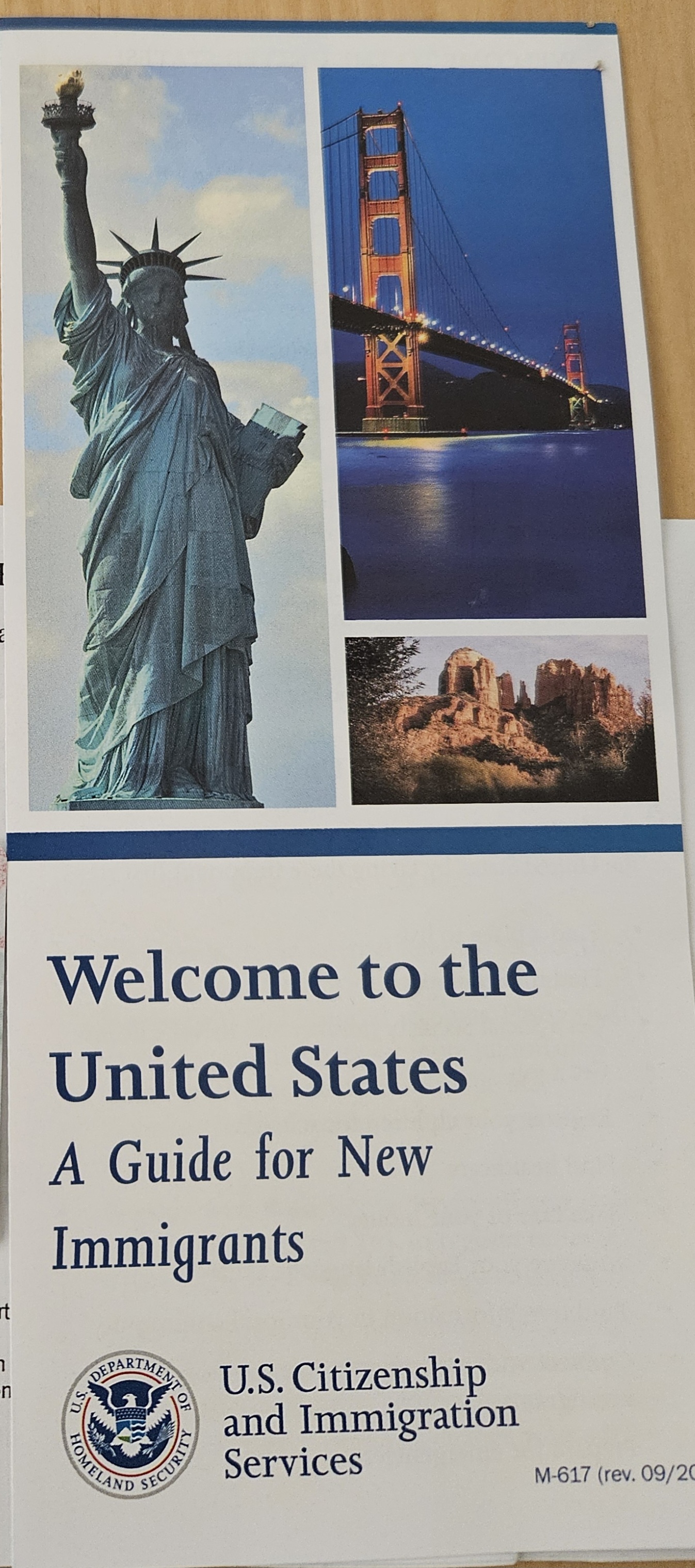EB1A Green Card - Self-Petitioning
═══════════════════════════════════════════════════════════════
⚠️ LEGAL DISCLAIMER ⚠️
I AM NOT AN ATTORNEY. This post describes my personal experience self-petitioning for an EB-1A green card in 2023. This is NOT legal advice and should NOT be used as a substitute for consultation with a qualified immigration attorney.
What worked for me may not work for you. Immigration law changes frequently, and every case is unique. Consult with a licensed immigration attorney before making any decisions about your immigration status.
I have NO liability for how you use this information. See full disclaimers in the GitHub repository. ═══════════════════════════════════════════════════════════════
Overview
I successfully self-petitioned my own EB1A green card in 2023 without the assistance of immigration lawyers. My decision to do so was strongly influenced by Razvan Marinescu’s experiences and his open-source template was an invaluable resource. I open-source my own template as an additional data point for the benefit of others undertaking the same process. All of my own materials can be found in the following GitHub repo.
Important Note: While I self-petitioned successfully, I still had attorney review (a qualified immigration attorney reviewed my completed petition for $200).
Petition Documents
Other Accepted EB1A Petitions
- Kirill Nikitin - Postdoc in Computer Science
- Alexey Inkin - Software Engineer
- Andrey Solovyev - PhD in Chemistry
- Razvan Marinescu - Professor of Computer Science
EB2-NIW Resources
My Timeline
- August 2022: I arrive in the USA as a postdoc at Meta Research on a J1 visa
- May 2023: My O1A visa petition is approved
- 23 November 2023: I mail my I-140 to USCIS
- 1 December 2023: USCIS confirms receipt of I-140
- 8 December 2023: I-14O approved
- 3 February 2024: I mail my I-485, I-693, I-765, G-1145 to USCIS
- 7 February 2024: USCIS confirms receipt of my I-765
- 12 February 2024: USCIS confirms receipt of my I-485
- 4 March 2024: USCIS confirms receipt of my fingerprints following my biometrics appointment
- 27 June 2024: EAD card ordered
- 29 June 2024: I-765 approved
- 9 July 2024: EAD card mailed (to the wrong address!)
- 6 August 2024: Green card ordered
- 8 August 2024: I-485 approved
- 13 August 2024: Green card mailed
- 13 August 2024: Green card delivered
My Immigration Story
I arrived in the USA on a J1 visa in August 2022 after joining Meta Research as a postdoc in probabilistic machine learning. Just a couple of months later, tech layofffs began to sweep the Bay Area. I realized that, with my J1 visa, I had very little protection against deportation in the case of mass layoffs and promptly switched to an O1 visa which I received in April 2023. While both the H1B and O1 visas provide a 60-day grace period to transfer to a new employer, a green card would offer far greater security by eliminating the risk of deportation altogether—a priority given the economic climate at the time.
As I began to research the application process, two options stood out, namely the EB1A and EB2-NIW category green cards. Both green cards waive the requirement of sponsorship from a US company, meaning my green card application would not be abandoned if I were to switch employer. I contacted two law firms recommended to me by Sang Truong, a good friend pursuing his PhD in machine learning at Stanford at the time. Both firms offered free appraisals for EB1A/EB2-NIW which I took advantage of. The firms subsequently offered contingency agreements (no win no fee) for the EB2-NIW citing a preparation time of 1-2 months at a cost of ca. $4000-4500. It was about this time that I came across Razvan Marinescu’s excellent guide on self-petitioning his EB1A green card without the help of immigration lawyers.
Having already gone through the O1A application process, I figured that it would be easiest, cheapest, and fastest to prepare the EB1A application myself. In particular, time was the most important factor for me in early 2023 due to the economic climate in the Bay Area.
EB1A Criteria
To meet the standard for the EB1A green card, the applicant needs to satisfy three out of ten criteria set forth here. I ended up choosing four criteria:
- Evidence of your authorship of scholarly articles in professional or major trade publications or other major media
- Evidence that you have been asked to judge the work of others, either individually or on a panel
- Evidence of your original scientific, scholarly, artistic, athletic, or business-related contributions of major significance to the field
- Evidence of published material about you in professional or major trade publications or other major media
I had already used the first three criteria for my O1 visa application and added the fourth for good measure. Loosely speaking criteria 1 refers to works that you have published as an author or co-author. At the time of my application I had published ca. 25 papers with 1000+ citations and so I felt this was a straightforward criterion to satisfy. An interesting case to refer to with respect to this criterion is that of Kazarian vs. USCIS. In terms of the second criterion, I had completed some 50+ journal and conference reviews at the time of my application. Based on my colloquial experience of the third criterion, this is typically satisfied by obtaining letters of reference from experts in your field who can attest to your original contributions of major significance to your field. In the main petition it is important to draw quotes from these reference letters that attest to your original contributions. I decided to add the fourth criterion speculatively based on the fact that I had an MIT Technology Review article written about a paper I was involved in as well as an article on one of my papers in Synced. I also included academic papers that had built on and cited my work. To date, however, I don’t know which three of the four criteria I ended up satisfying…
In addition to the ten criteria which largely overlap with the O1A visa criteria, the EB1A green card has an additional “final merits” component. To satisfy the final merits component the applicant needs to demonstrate that they have reached the very top of their field and has sustained international acclaim in that field. It is particularly important that the reference letters support these points. Quantitative evidence of being in the top 1% of your field based on e.g. citation metrics, is helpful here.
EB1A Process
Having decided which criteria I would attempt to satisfy, I began to write the main petition. I would describe the process not as being particularly hard but rather long and tedious. I wrote the main body of the petition on Wednesdays either on the Caltrain or sitting at the back of Alberto’s nightclub in Mountain View before their Bachata social (which I would thoroughly recommend for any interested readers). I consulted early versions of GPT and Claude on questions regarding specific forms and other legal matters which proved helpful (Important: Always verify any AI-generated information with official USCIS sources or your attorney). Assembling the exhibiits for the petition was also time consuming. I have to admit I probably went somewhat overboard in this regard, supplying every academic paper I’d ever coauthored, every email I’d ever received requesting me to review a paper, extensive information about my referees (including their Wikipedia pages), as well as a plethora of information about citation statistics. The last of these exhibits was mainly to provide quantitative support for the EB1A-specific criterion for being at the very top of your field. In sum total my petition counted some 1600 pages and is shown below (my entire PhD thesis was included as a single exhibit!).

I sent a digital copy of the petition to an immigration lawyer, Yaming Gao, to check for any obvious errors. Yaming was the same lawyer used by Razvan. Yaming was very efficient and did a great job reviewing the application, charging $200. After completing the required forms, namely the I-14O, I-907 for premium processing, and the G-1145 for e-notification of receipt, I printed two copies of the petition, assembled them into lever arch folders, and mailed them to USCIS via FedEx with the filing fees for each form attached as separate checks. My I-140 was approved in 7 days with premium processing. I receieved the approval just before I travelled to New Orleans to attend NeurIPS 2023.
What Happens Next?
After my I-140 was approved, the road to the green card was still quite long. I submitted the I-485, I-693, and I-765 in February 2024. The main bottleneck here was taking the medical examinations and receiving the vaccinations necessary for the I-693. I recieved notice for my biometrics appointment via mail in late February 2024 and had my fingerprints taken in San Francisco. Although my Employment Authorization Document (EAD card) was approved in June, USPS mailed it to the wrong address and so I never received it. Ensure you keep your address up to date with USCIS! The last time I checked you are required to change address for each active petition (e.g. I-14O vs. I-485). Fortunately, however, I obtained my green card in August 2024 which, as a nice touch, contained the welcome leaflet below.

The leaflet very helpfully included resources on improving my English language skills as a newly ordained immigrant to the USA. Resources, I no doubt could have made use of when preparing my 1600 page EB1A petition!